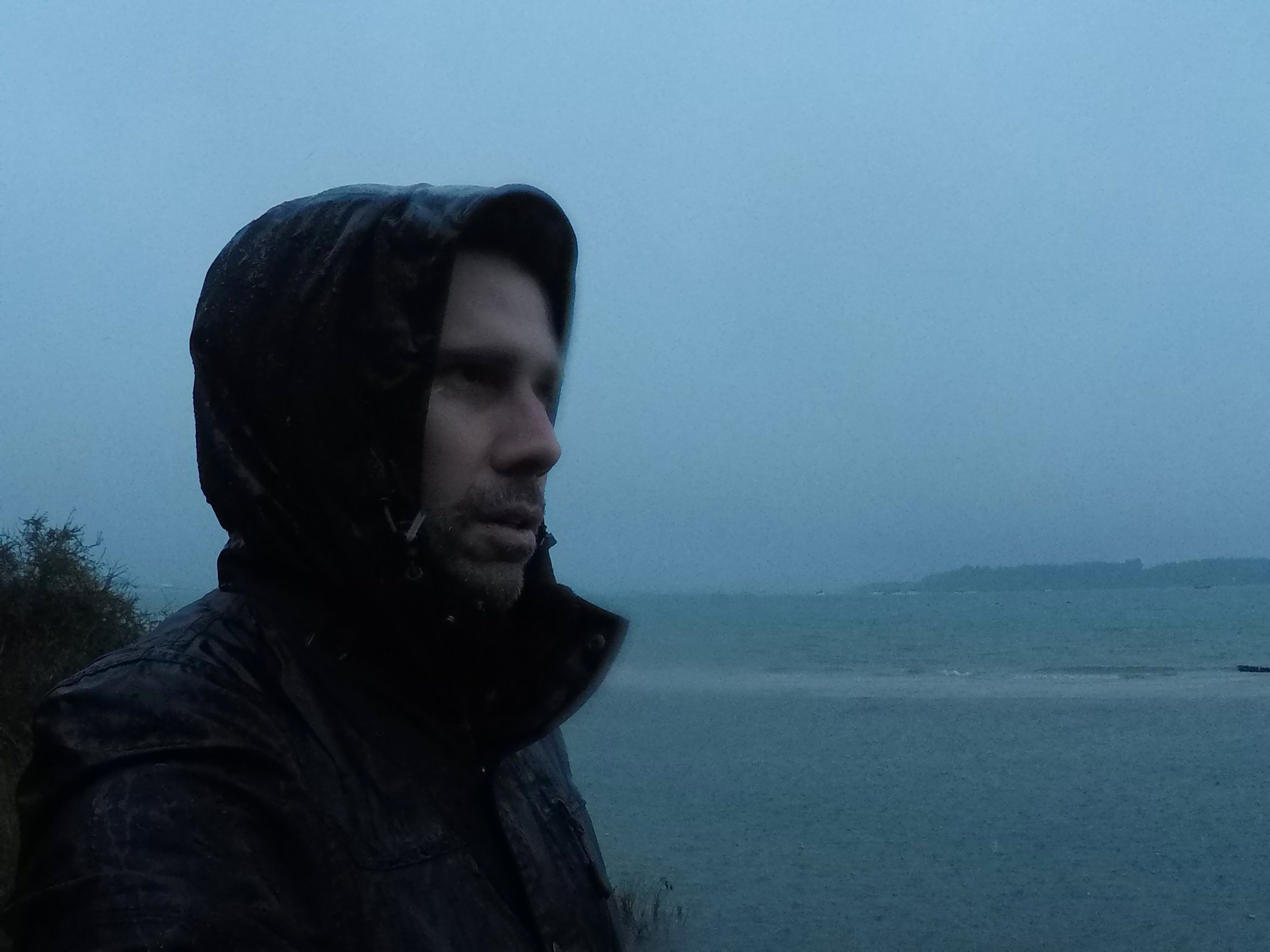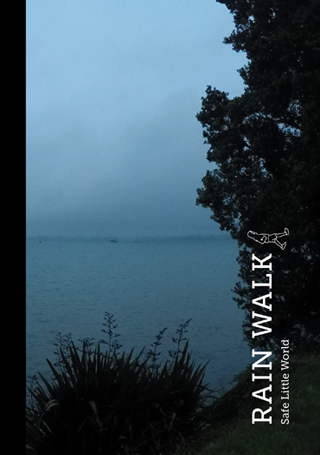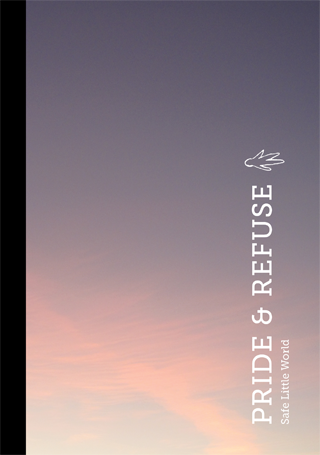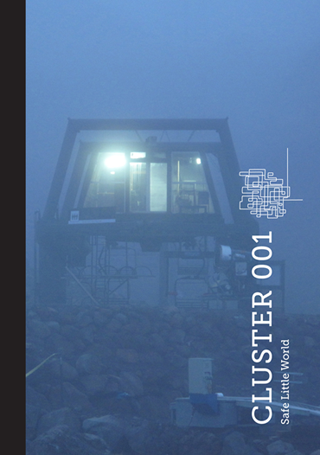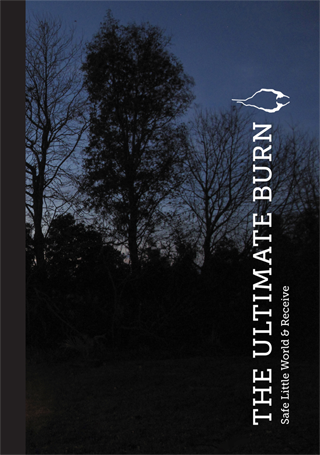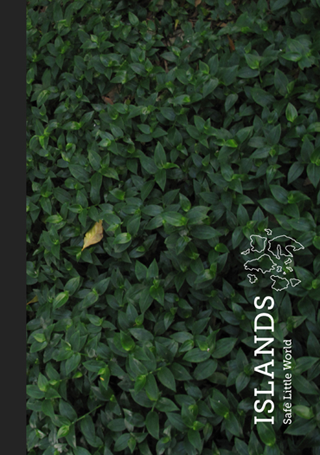Andrew Killick | An Interview with Author of ‘Rain Walk’ on Sacramental Encounter and Contemplative Art-Making
An SGM Interview with Andrew Killick
Sacramental Encounter in ‘Rain Walk’
Andrew Killick lives in Tahawai, just north of Katikati, in the Bay of Plenty, with his wife, Anna (also a poet). Creatively, he works in the areas of photography, poetry and prose, as well as various multimedia forms. Professionally, he works as an editor and book production specialist, and is the publishing manager at Castle Publishing. In this blogpost, Kathryn Overall-Cass has a conversation with Andrew about his most recent book, ‘Rain Walk’, sacramental encounter with the elements and contemplative art-making.
All images and poetry © Andrew Killick
Andrew, how would you describe your latest book, ‘Rain Walk’ to the contemplative community in Aotearoa, New Zealand?
‘Rain Walk’ contains a series of photographs documenting a particular walk, alongside a long-form poem, a creative prose essay and a ‘commonplace’ collection of quotes relating to rain and walking.
Conceptually, I’ve described it elsewhere as ‘a sacramental, experiential encounter with the elements’.
But books are an art medium for me – and like any artform, I’m loath to over-explain for fear that that might stand in the way of the immediacy of a reader’s own experience of what the work is.
I don’t think it’s typical of any other book someone might have encountered before, and I like that.
You have commented that ‘Rain Walk’ is the most contemplative of your five books. Can you say more about that?
A contemplative way of being is core to my creative life and approach, so that has been important in all my books. But I think this one is more explicitly contemplative.
The experience at the centre of the book is contemplative by nature – walking in the rain as a deliberate act desiring encounter, carrying the reality of the human condition, with an intentional receptivity to the divine, to the transcendent.
That is then passed through a contemplative lens in the form of a poem, and deeper thinking about the experience through the essay. Those language forms make the contemplative spiritual aspect a bit more explicit, including themes of sacramentality and such.
I don’t say this in the book, because the idea has only just occurred to me now: perhaps nature and the rain were the clothes of God for me that day.
Your books are typically grounded in nature and bring together your gifts as a photographer, artist, poet, writer and curator. What happens for you in the weaving of your creativity with your contemplative stance?
The works always start with the images. As a photographer I’m interested in natural subjects, and unpeopled scenes (or rather, scenes that are peopled by the viewer alone). I noticed part way through the process of creating the five books to date that the four elements were a recurring thread. Earth, water, air, fire.
Sometimes I’m photographing because I like a particular colour palette – and that palette is largely deep blues and greens – we’re especially blessed with these colours in Aotearoa. I especially like these tones as they appear on overcast days. For my book about fire, it all started with images of a fire. So those are the aesthetics that interest me. The conceptual or languaged stuff that emerges is therefore emerging from that aesthetic context.
The contemplative stance is first of all being present to the location or scene in which the image is captured – in the noticing of detail, and in allowing emotion to be called forth by context.
Then it is contemplation in the form of spending time in thought or giving space, to let the concept and language (the meaning) emerge, with reference to both immanence and transcendence, becoming and being.
I like to view this situation through a theological lens of sacramentality. Or perhaps when I say ‘theological’ I should instead say ‘theopoetic’.
Theopoetics function in the same realms as theology but suspend the ‘-logy’ in favour of the ‘-poetic’ - rather than just being a cerebral activity, it becomes wholistic and is then expressed in ways reminiscent of poetry or as poetry itself, rather than as formal doctrine or theory. Though I do love a bit of theory and ‘-logy’ too!
‘Rain Walk’ is awash with honesty – in the unfiltered capturing of the images, and your acknowledgement of your experience of burn-out. What is the importance of honest lament in contemplative art-making for you?
I think dishonest art is a bit of a blight on the world – it’s been a blight on the Christian world, for sure. It’s been important for me in doing these books that they be representative of the truest form of myself. (I’m sure there are still plenty of masks there though.)
The ‘unfiltered’ images are about immediacy. For me personally, it was partly about resting (at least for a few moments) my perfectionist tendencies.
The immediacy on this occasion also meant interacting very tangibly in an embodied way with weather conditions that were conducive to lament, and in some way in fellowship with lament. That hopefully comes through in the images. For example, I used a waterproof camera (a GoPro) and didn’t wipe the rain from the lens. I shot through the water.
Lament is true acknowledgement of the human condition – it’s as if we are bringing that condition to the attention of the divine. Although, the rumour is that the divine is already present there.
(That divine presence isn’t always immediately felt, but many have felt it, and the Christian story and theology is rich with this idea.) So that found its way into my art on this occasion, not least of all because in my experience of burn-out at the time I found much to lament!
The hope, then, is that these kinds of immediacy and honesty, and presence, then find connection with the reader or viewer, opening up spaces for them.
What practices/postures are supporting you on your contemplative path at present?
The prayer of silence is my primary contemplative practice. And reading. I’m an avid reader.
Meanwhile, my hope is that ‘postures’ are slowly becoming my normal way of being in the world. I guess I’ve been a bit of a contemplative ever since I was a kid, and I want that to come fully to life.
I want to live contemplatively through and through. And this especially relates to my art practice. It’s all a journey towards the integration of our threads.
A few years ago I read some words from Evelyn Underhill that I really want to have as part of my core values and at the centre of what I do and who I am.
What I dream of is "the double movement of Transcendent Love, drawing inwards to unity and fruition, and rushing out again to creative acts…"
You have felt drawn to the ministry of spiritual direction and have taken part in a foundation year for the Spiritual Directors Formation Programme. What was that like for you?
It was excellent. The foundation year was a wonderful kind of invitation. In many ways, it felt like a natural outgrowth of the contemplative path I was following.
The idea of possibly one day becoming a spiritual director or companion feels like a significant ‘outward turn’ – the counterpoint to the inward turn that is such an important part of contemplation.
I’m also very interested in the concept of ‘holding space’. Art at its best is like that and I see a parallel or interconnection with spiritual direction in that regard. The next move along the path to training hasn’t occurred yet. But I’d be surprised if it doesn’t one day.
What’s next for you creatively?
The series of books I’m working on (collectively called the Safe Little World Monographs) continues.
Safe Little World is both a moniker for my creative output and also a conceptual theme. As a conceptual theme, it deals with the ‘little worlds’ we create and inhabit. These worlds are often loving and necessary places of sanctuary – whether that be a literal structure on the landscape or an internal space.
But the theme also acknowledges ambiguity and sometimes even critique – these spaces are up for negotiation – sometimes they come under threat, sometimes they are limiting, and sometimes we are called beyond them into the wide open spaces of the wild world.
The five books in the series so far have been released one per year for the last five years. I’m working on number six now. It literally looks closely at small things. The epigram is Julian’s hazelnut revelation. Then there is a seventh book, and I’m not sure yet what comes after that.
Where can people buy ‘Rain Walk’?
‘Rain Walk’ (and the others) can be obtained from my little publishing imprint Shadow Press. I also write the occasional essay on contemplative / theopoetic themes over at my blog The Sacrament of Breathing.
My creative projects can be viewed at: www.safelittleworld.com
Rain Walk by Andrew Killick can be purchased from Shadow Press in New Zealand for $25 (inc shipping worldwide).


